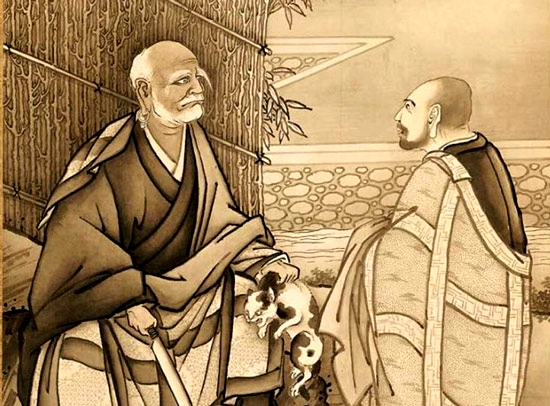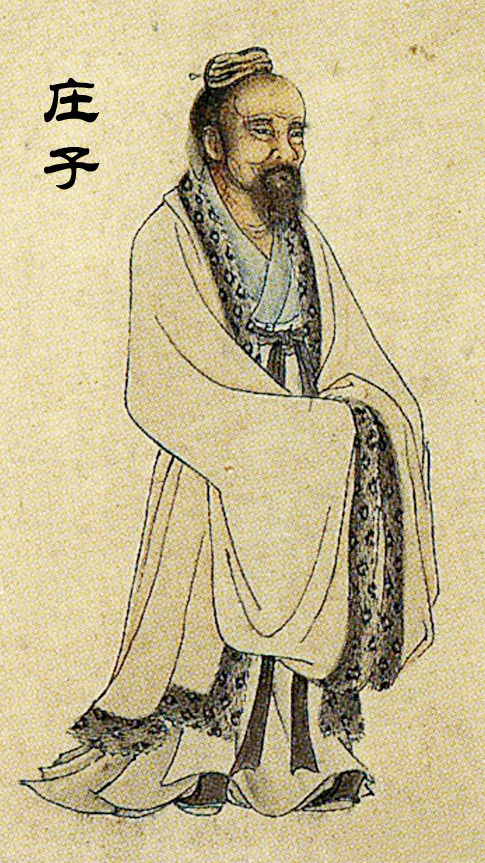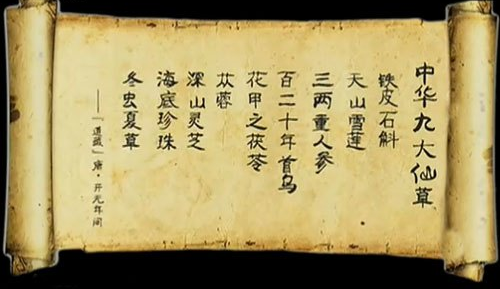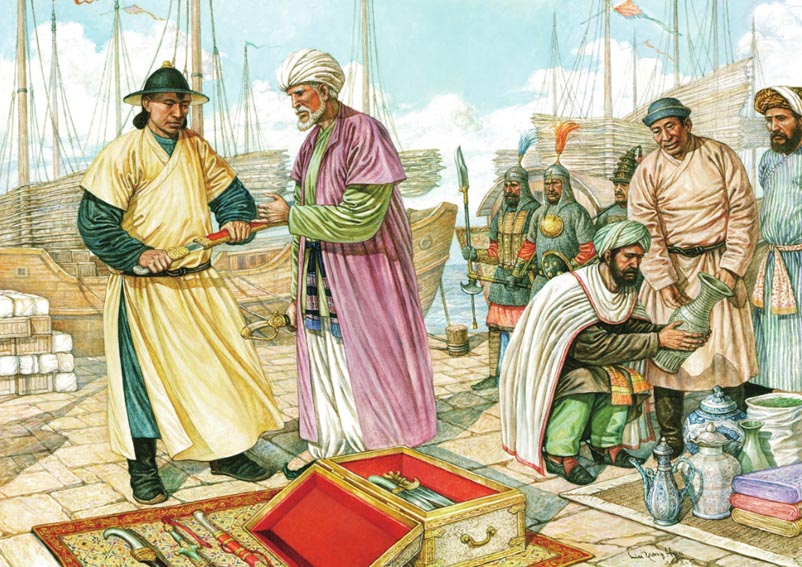
Buddhism is an ancient religion based on the teachings of the Buddha. It also serves as one of the three major religions in the world. Historians estimated that Siddhartha Gautama was the founder of this religion in ancient India. And then it has been widely spread in Asia and the world. Buddhism has a significant impact on the society, politics, and culture of many countries. Also, Buddhism has played a significant role in China and embodies a rich history.
People said that the spread and development of Buddhism in China is a process of continuous Sinicization. Chinese Buddhism, which is full of Chinese cultural characteristics, is an ideological and cultural movement that has lasted a long time. Chinese Buddhism has spread in a wide area and exerted a far-reaching influence in human history.
At the end of the Western Han Dynasties Period (202 BC - 8 AD), Buddhism was introduced into China from ancient India. During this period, Buddhism was not well-known to most Chinese people. Buddhism was mainly popular in upper-class society and existed depending on Taoism.
During the Northern and Southern Dynasty Period (420 - 589), the relationship between Buddhism, Confucianism, and Taoism was fully developed, and Buddhism further developed. The emperors of the Southern and Northern Dynasties regarded Buddhism as a tool to help dominate people and maintain social peace. Therefore, many important Indian Buddhist scriptures were translated, which enabled Buddhism to develop rapidly during this period in China.

The full integration of Confucianism and Buddhism began in the Sui and Tang Dynasties (581 - 907). Since then, Buddhism has absorbed a large amount of Confucianism, especially Confucian ethics, and embarked on the path of Confucianization. That means that Buddhism entered its heyday in the Sui and Tang Dynasties. China has also produced many Buddhist sects with Chinese characteristics, such as Tiantai Sect, Faxiang School, Huayan School, Pure Land School, Law School, Chan School, and Tantric School.
The introduction of Buddhism has enriched Chinese philosophy, literature, art, and architecture, and it has also promoted the development of medicine and legislation. The sweeping influence of Buddhism lasts until modern times. That is what we often call Chinese Buddhism now, and it is the main body of Buddhism in China. Divided by region and language, there is also Tibetan Buddhism, also known as Tibetan Buddhism, and Yunnan Theravada Buddhism, also known as Pali Buddhism, belonging to Southern Buddhism, which was also introduced into China.
When Buddhism spreads to every region, it will be affected by local society, politics, and culture. Therefore, the form and content of Buddhism will change accordingly, and many sects will be formed. For example, there are three major systems in China: Chinese, Tibetan, and Pali. The three major systems have also formed other schools and sects in their course of development.

Among the five major religions in China, Taoism (also spelled Daoism) is the only religion that originated in China and was founded by the Chinese people. It is also called an indigenous religion. This Chinese philosophy is attributed to Laozi and Zhuangzi, who were regarded as the primary religious figures in Taoism. They dedicated their lives to balance the inner spirits of this philosophy. Laozi has written a book of 81 chapters, named Tao Te Ching (Dao De Jing, or The Book of the Way), a classical Chinese text, mainly concerning Tao and virtue, life, and strength.
Taoist thoughts are based on the ancient Chinese religious beliefs of respecting the heavens and ancestors, taking Taoism as the major source of philosophy, absorbing the philosophy of Yin Yang School, Mo School, Confucianism, Legalism, and inheriting the cultural evolution of fairy alchemy since the Warring States Period (475 BC – 221 BC). One of the main beliefs of Taoism is wu-wei, or “not doing”. Taoists believe that the path to wisdom and happiness involves emptying the mind and settling into a deep stillness.
Taoism has a profound impact on the politics, economy, and culture of China in ancient times. It also serves as one of the three spiritual pillars of the ruling class.
Taoism was officially founded in the late Eastern Han Dynasty (25 - 220), marked by the emergence of Taipingdao and Wudoumidao.
During the Northern and Southern Dynasties, through the efforts and reforms of Ge Hong, Kou Qianzhi, Lu Xiujing, Tao Hongjing, and others (those people have made significant contributions to the founding of Taoism), Taoism thus became one of the orthodox Chinese religions together with Buddhism.

In the Sui and Tang Dynasties, Taoism went from prosperity to its heyday, especially in the Tang Dynasty (618 - 907). There were so many representatives of Taoism and the prosperous compilation of Taoism books. Taoism culture permeated all aspects of the spiritual life of the upper class. During this period, many famous Taoist figures stood out, such as Tang Taizong, Tang Gaozong, Tang Xuanzong (Emperors in the Tang Dynasties). Tang Xuanzong presided over the compilation of the first collection of Taoist scriptures - Kaiyuan Daozang (Taoist Canon).
In the Qing Dynasty (1636-1912), Many Taoist priests cannot read and write and lack religious knowledge that made the Taoist disorganized, and the connections and unity of various places are not close enough. However, there are still a group of Taoist priests who have devoted themselves to write and teach students precepts to continue to propagate the Taoist practices and beliefs.
After the founding of the People’s Republic of China, China has reformed a lot and abandoned some unreasonable systems and unfavorable doctrines of Taoism in the old society. Since then, Taoism has taken on a new look. The establishment of the China Taoist Association realized the great union of Taoists across the country, and the majority of patriotic Taoists began to work together for the development of Taoism.
Since Taoism has suffered from the shock of modern civilization, the religious beliefs of Taoism have reduced their influence in social life. While as a social ideology with a rich history, Taoism is unique to pursue doctrinal purpose. It can be described as a Chinese norm religion that epitomizes the traditional religious concepts of China. It serves as a significant part of the ancient Chinese cultural heritage.
In recent years, China’s Taoist education activities have been developed and achieved remarkable results, and Taoism research has also been thriving. The comprehensive study of Taoism also presents unprecedented prosperity at home and abroad.
Islam serves as a major world religion promulgated by the Prophet Muhammad in Arabia in the 7th century. The believer of Islam, also called Muslim, accepts the will of Allah, who was regarded as a creator of the whole world.
Islam boasts a history of more than 1,400 years. As a religious belief, ideology, and cultural system, after being introduced to all parts of the world, it interacts and integrates with local traditional culture. Under different historical conditions, Islam has influenced many countries in many aspects, such as social development, political structure, and economic formation.
Islam was introduced to China from West Asia and the Middle East during the Tang Dynasty. According to the statistics of the national census, there are about 30 million Muslims in China’s mainland. Islam has the most extensive influence on Chinese people in the northeastern part of China.

During this time, the land-based silk road that traverses the east and the west and the maritime spice road from the South China Sea to the Persian Gulf have enabled the two regions to maintain frequent friendly exchanges. According to the Old Tang Book from 651 to 798, Arab envoys came to the Tang as many as 39 times. Many Arab and Persian Muslim traders come to China to do business. The Chinese called them “Fan visitors” or “Fan merchants”.
During that time, the rulers of the Tang and Song (960-1279) Dynasties encouraged commercial trade, thus many Arabs and Persians settled in China. They also built their mosques and facilities and established mosques, and the influence of Islam also expanded.
The Muslims who came to China during the Tang and Song Dynasties maintained their religious beliefs and lifestyle, intermarried with the locals, lived and worked in peace, and became the ancestors of Chinese Muslims. This made Islam deeply rooted in China.
The Yuan Dynasty (1271 - 1368) to the early Ming Dynasty (1368 - 1644) was a critical period for the further spread of Islam in the Chinese mainland. After the establishment of the Mongolian Khanate, Genghis Khan and his successors launched three large-scale western expeditions between 1219 and 1260 and have successively conquered various countries and nations that believed in Islam in Central Asia and West Asia within a half-century.
During the 15th to 16th centuries, Islam developed rapidly in Xinjiang Uyghur Autonomous Region. Not only did the number of believers increase and the region expanded, but it also became the dominant ideology of all ethnic groups.
After the founding of the People’s Republic of China in 1949, the Chinese Constitution advocated freedom of religious belief, enabling Muslims of all ethnic groups in China to obtain equal political rights. On May 11, 1953, the Chinese Islamic Association was established in Beijing, which aims to develop friendly exchanges with Muslims from various countries and maintain world peace.
By 2000, official estimates claimed that there were now 200 million religious’ believers in the country, 11% of those being Muslims. The largest community is the 9.8 million Hui Muslims, followed by the 8.4 million Muslims of the Uyghur in the west of the country.
Islam has a profound impact on the history, culture, ethics, and customs of various nations. Islam has exchanged and positively integrated with Chinese culture. Chinese medicine, martial arts, architecture, and many other Chinese cultures are all influenced by Islamic culture. Therefore, Islam has enriched the historical and cultural treasures of the Chinese nation.

Catholicism is a worldwide religion, and it is also one of the three major religions of Christianity, which boasts 1.1 billion members. Christianity is a religious system that believes in Jesus Christ as the Savior. Catholicism originated from the ancient Palestine region and matured in the ancient Roman Empire. It was regarded as a representative of Western religious ideology in the Middle Ages in Europe.
The process of the introduction of Catholicism into China was tortuous. In the Yuan Dynasty (1271 - 1368), Catholicism was first introduced to China, while as the decline of the Yuan Dynasty, the spread was also suspended.
In the 16th century, Catholicism was introduced to China again. The Italian Matteo Ricci has introduced the Catholic doctrine to integrate with Confucian ethics by disseminating scientific knowledge, which laid a solid foundation for the further spread of Catholicism in China.
In the 17th and 18th centuries, there was a dispute within the Catholic Church on the attitude to Chinese etiquette, which was the “Chinese etiquette dispute.” In 1700, the controversy developed into an open conflict between the Pope of Rome and the emperor of the Qing Dynasty, which led to the emperor’s prohibition of Catholic missions in China.
After the Opium War, Catholic forces went deep into China by their privileges and achieved rapid development. The number of Catholics in China reached 720,000 in 1900, more than 2 million in 1921, and more than 3 million in 1945.
In recent times, there are 98 Catholic dioceses in China, more than 6,000 churches and activity halls, 8,000 teaching staff, 9 theological and philosophical academies, and more than 6 million believers.

Christianity, broadly speaking, refers to all denominations that believe in Christ Jesus, including the Orthodox Church, Catholicism, and Protestantism. Narrowly speaking, it exactly refers to Protestantism. For historical reasons, Chinese people used to call Christianity Protestantism.
During the Tang Dynasty (618 - 907), Christianity began to spread to China. Until the Opium War, what we called Protestantism gradually spread to China.
After the failure of the Opium War, foreign missionaries flocked to China under the protection of unequal treaties. The number of Christians has then greatly increased.
At the end of the 19th century, American missionaries gradually realized the charm of Chinese culture and changed the past missionary methods. Christianity, as a cultural form, truly spread in China for the first time.
After the reform and opening-up policy in China, the Chinese government has pursued a policy of freedom of religious belief, and Christian culture has gradually revived on the land of China.
There are currently about 10 million Christians in China, more than 18,000 pastoral and preachers, more than 12,000 churches, and more than 25,000 simple venues (meeting points).